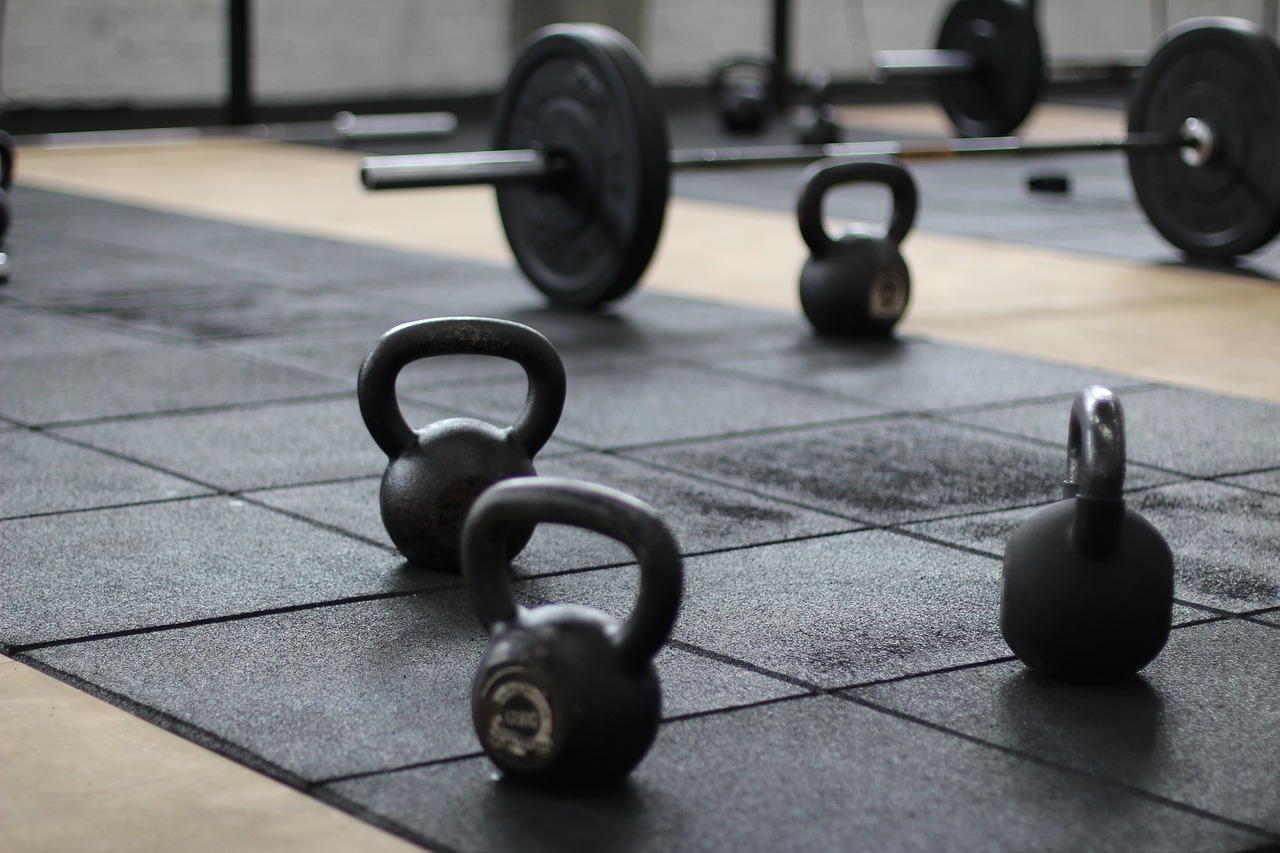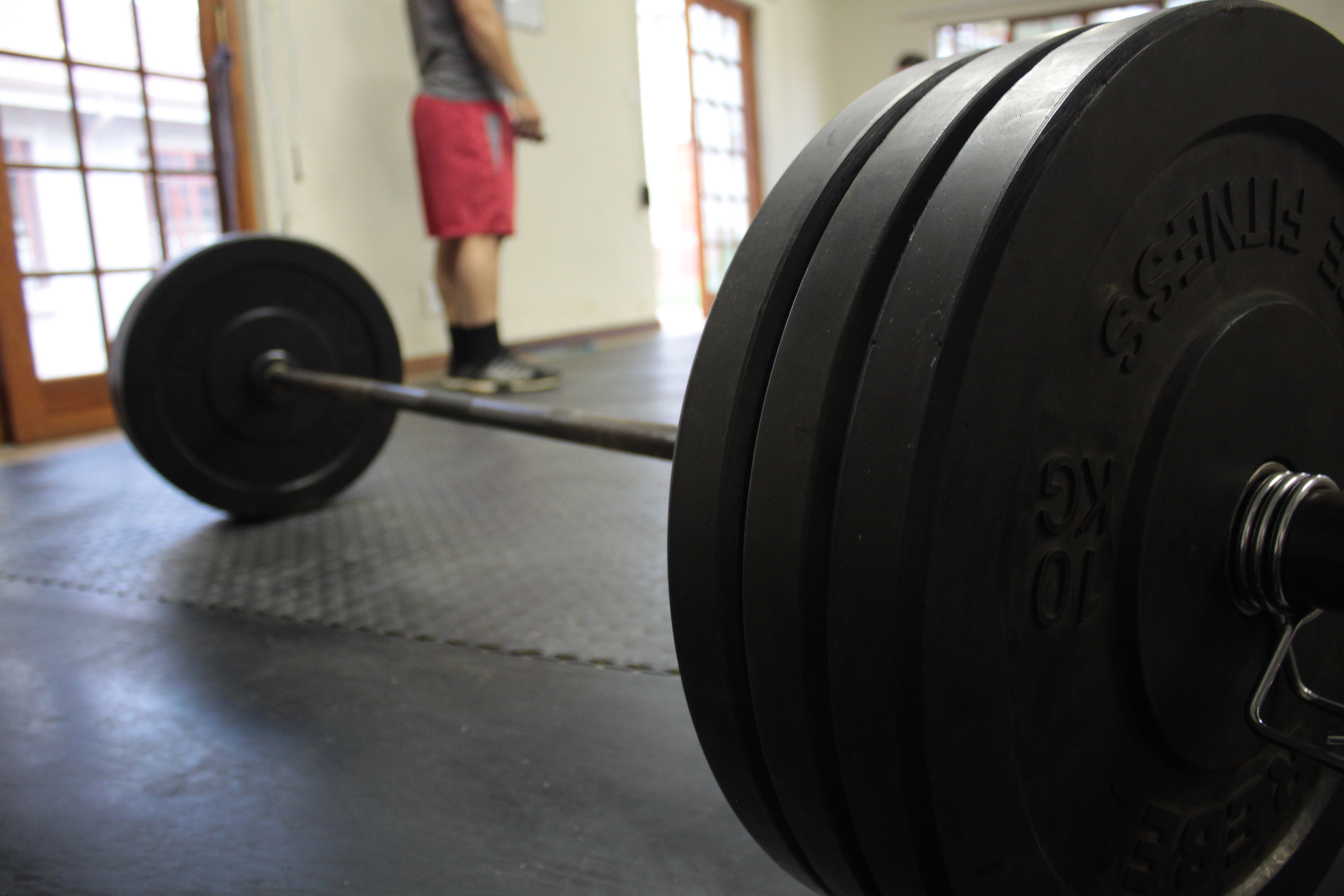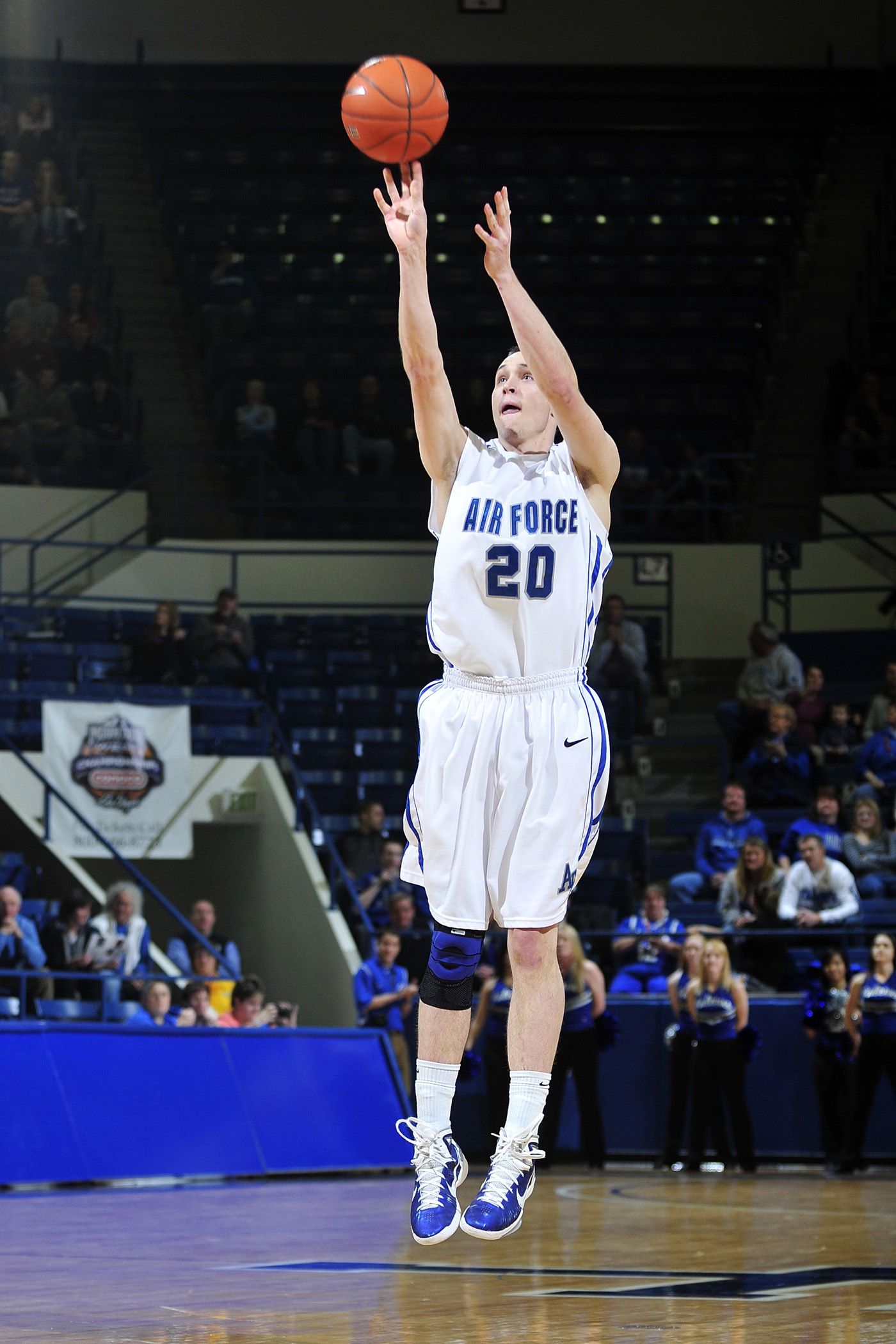In our last three posts ((http://www.cissik.com/blog/2017/01/power-development-part-i-foundations/ , http://www.cissik.com/blog/2017/02/power-development-part-ii-cautions/ , and http://www.cissik.com/blog/?p=1723&preview=true ) we covered background information behind training for power, cautions with it, and principles behind program design. With this post we’ll cover some of the tools and strategies that are used in power training.
The following is a list of tools and strategies used in power training. It’s not a comprehensive list, but it does cover the major ones:
- Olympic lifts
- Plyometrics
- Jump squats
- Bench throws
- Power lifting
- Complex training
- Contrast training
Olympic lifts:
This tool will be one of the top one or two tools that many strength coaches will think of when it comes to power training. These lifts involve using the entire body to lift the barbell in an explosive manner that uses triple extension of the ankles, knees, and hips, exerts force against the ground, and has to take place in about a second to be successful. These lifts generate a great deal of power and have to be performed at a high velocity.
The thinking behind using these lifts is:
- They generate power and are performed at a high velocity, both qualities are important for athletes wanting to improve their ability to produce power.
- They are performed standing up and involve exerting force against the ground, just like sports.
- They use triple extension of the ankle, knee, and hip, just like many sporting movements.
- They “resemble” jumping.
- For all these reasons, the transfer should be high to sports.
Having sung their praises, they (and the research behind them) have limitations.
- Research is typically done on world-class Olympic lifters (i.e. people that are made with certain inherited physiological and structural advantages in Olympic lifting). It is unclear that your high school football team is going to perform the lifts the same way, with the same hypothetical benefits.
- The power and the velocity generated in Olympic lifting, while superior to other forms of strength training, do not match up well to what the athlete experiences in actual sports. The 2-4 meters per second that the bar can move in the snatch pales in comparison to a sprint or throwing a baseball.
- A highly trained weightlifter’s technique does not resemble jumping. Jumping is an incredibly inefficient way to perform the lifts. The highly trained weightlifter is trying to lift the bar to the minimum height possible before dropping under it. This allows them to lift more weight!
- The Olympic lifts and their variations require a great deal of technique, this means that it takes a lot of time to master them. A coach has to weigh the benefits with this time investment.
These lifts were my background, which means that for the longest time this was the only way to train athletes in my view. Over the years I’ve mellowed on this and I now approach them as one tool among many, good for some athletes but there are other ways to train other athletes. In other words, I try to stay flexible with my training tools now days!
Plyometrics:
There are a lot of complicated definitions about what a plyometric exercise is, I think of these as jumps and throws. This is about as sport-specific as you are going to get without playing the sport.
- As they involve jumping, hopping, skipping, bounding, and throwing these are easy exercises for an athlete to learn.
- Plyometrics allow the athlete to train on the types of movements that are performed in the sport, which makes them sport-specific.
- Plyometrics really don’t require a great deal of specialized equipment. Yes some people purchase hurdles, boxes, force platforms, etc. but these aren’t necessary to get the benefits from plyometrics.
- As a coach, you can be very creative with plyometrics and string together drills that resemble real-life situations in a sport.
Challenges:
- While plyometrics involve some fairly fundamental motor skills, not everyone learns them anymore. Among other things this means that not every athlete is ready to land safely during plyometrics.
- The high intensity interval training folks have done a disservice to plyometrics. Like other power exercises, the idea is to move explosively, with good technique, and to recover fully between efforts. The problem is when we overdo the volume of the plyometrics we defeat the purpose of doing them. Plyometrics, like the Olympic lifts, are not meant to be an endurance or conditioning exercise.
- Overload is a challenge with plyometrics. If plyometrics are an all-out effort, then it’s difficult to make them more intense. You can jump from/to a greater height, but there is a point at which that is impractical and unsafe. You can increase the volume, but there is a point at which that becomes impractical and unsafe. So, it’s a challenge to overload the plyometrics which is why they must be cycled in training.
Jump squats:
This is a hybrid exercise, a cross between a free weight exercise and a plyometric one. This basically involves performing different types of jumps with the barbell, dumbbells, or kettlebells. This exercise allows the athlete to overload the jumps by increasing the weights. Variations of this exercise are popular with many track and field jumpers and ski jumpers. Normally athletes start this exercise with a percentage of their squat (30% is fairly typical). I have seen elite ski jumpers perform this exercise with 140kgs! Like power exercises it’s meant to be performed explosively with good technique, which means low volume and complete recovery between repetitions.
Like everything, this exercise ahs some challenges. First, the 30% starting point is flawed. This is based upon research of muscle fibers in vitro (i.e. studied outside the body in solution) that note that the greatest power output occurs at 30% of maximum isometric strength. First, athletes don’t perform exercises with their muscle fibers outside their bodies. Second, your squat strength does not equal your isometric strength – you’re stronger isometrically than you are on the back squat.
Second, there are two important challenges with performing the exercise. First, the athlete has to hold onto the barbell or it will fly off and then (maybe) come crashing back on the athlete. Second, athletes still have to land. Landing with a few hundred extra pounds can be dangerous if athletes have not mastered their landing techniques, not to mention they are asking for a lower back injury from the landing.
Bench throws:
These were popularized a few years ago. Basically it’s performing a bench press, but the bar is thrown off the body and “caught.” Now, this is normally done in a Smith Machine or something similar so it’s not as dangerous as it sounds. This is an effective way to develop upper body “pushing” power. My question with this exercise is to ask how applicable it really is to sports – which rarely have an upper body movement that the legs are not involved in.
The next part of this post will cover power lifting, complex training, and contrast training. The last of these posts will include some sample programs.





1 thought on “Power Development, Part IV: Tools and Strategies”
Comments are closed.